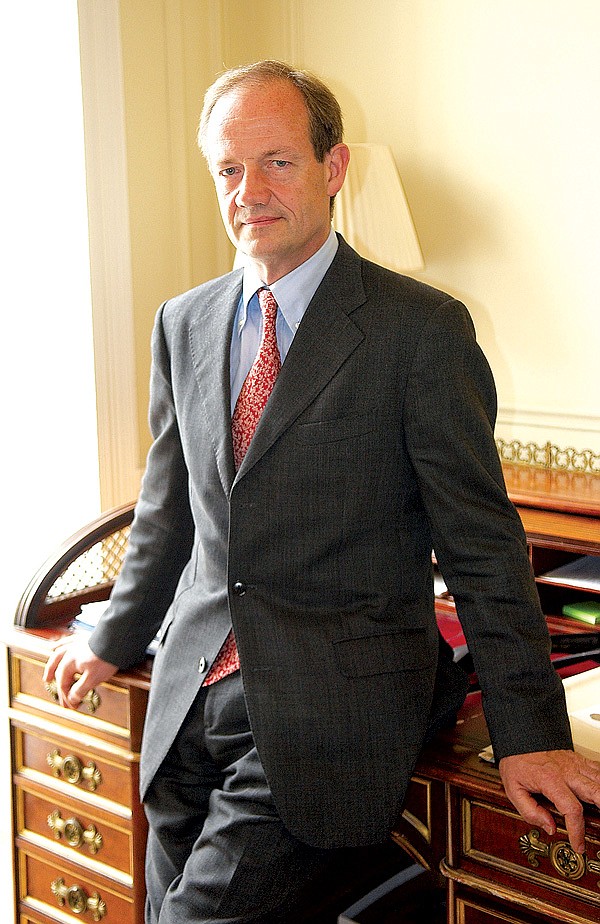Desmond Shawe-Taylor walks to work past red-coated, furry-hatted guards to a job that dates back to 1620.
It should be no surprise, then, that his boss is Elizabeth II, queen of England.
Shawe-Taylor’s title is surveyor of the queen’s pictures. It means he is the curator of some 7,000 oil paintings and 3,000 miniatures, displayed throughout Great Britain at places like Buckingham Palace, Windsor Castle, Kensington Palace, Hampton Court Palace and the Palace of Holyroodhouse in Scotland.
“Completely scattered about,” he says, then corrects himself. “In fact, they are shown in a very orderly and controlled fashion at residences or former residences of the queen.”
It’s at least 10 locations, he adds, “and that’ll miss the sort of minor ones. It’s a really great collection with some huge challenges and opportunities thrown in.”
Shawe-Taylor went to work for the queen - and the Royal Collection Trust - in 2005. He says he applied for the position like any other job, but he did have “a conversation with the queen - a very enjoyable one, too.” It’s an appointment coveted in the art world, he admits.
“It’s the collection with the greatest opportunities in Britain, perhaps even in Europe,” he says. “The collection isn’t as well known as it can be or should be. There are so many things that can be done, so many choices that canbe made, often in ways a major museum with an equivalent collection cannot.”
That’s what brought Shawe-Taylor to the United States. He’s touring museums designed to be museums, very different from the “old palace buildings” where he mounts shows. He’s been inspired, he says, by the “quality of spaces, the quality of light,” and a “completely different kind of architectural expression that puts the visitor at the center of the experience.”
Speaking by phone from Oklahoma City, Shawe-Taylor had yet to see Crystal Bridges Museum of American Art, where he’ll be a guest this evening. He says his mission there is twofold - to see and be seen.
“I hope to share the idea of amajor collection that has sort of passed under the radar,” he says. “Why visit Britain,as it were. But also I hope to convey that with a collection of such extraordinary qualityand range, we have to keep thinking of how to interpret it and display it, to share some of those questions and hear some of your answers.
“We’ve got a pretty good idea of what we’re doing, but we’re still thinking about it. The job changes every generation.”
Shawe-Taylor’s focus, as defined by the queen, is conservation, not acquisition, he explains.
“We still acquire things but not anything like the rate in the past. In the present reign, she has put most of her energies toward professionalizing the management of the collection. The inherited riches were so enormous and that responsibility so great, she recognized dealing with what we’ve got had to be the highest priority.”
Shawe-Taylor says at any given time about threequarters of the collection he manages is on display, but “there are always really good things not in exhibitable condition. If we had unlimited resources, we would be getting them restored to be shown.”
Sometimes there are simply questions of art versus history to consider, too. Shawe-Taylor’s favorite piece is a traveling triptych, a small, personal altarpiece dating to 1320, created by Italian artist Duccio. It was purchased by Queen Victoria’s husband, Prince Albert, in the 1840s. The prince himself designed a frame for its display.
“So do we exhibit it in the Prince Albert frame, which is right for the story of Victorian collecting but not right for the painting?” Shawe-Taylor muses. “We’ve always got two ways of looking at the same thing.”
Whats Up, Pages 13 on 03/01/2013

